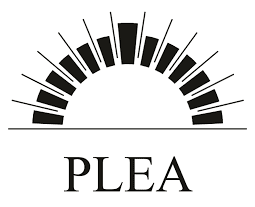Recent investigations on heat and mass flows through building materials in dynamical conditions show the importance of considering moisture transport and storage when analyzing the global performance of the building envelope. Lime-Hemp Concrete (LHC) is an insulation material made out of hemp chips mixed with an appropriate rich lime binder. It can be use either in old or new buildings, to cover masonry walls or to fill walls, floors or roofs in timber frame structures. This paper analyzes drying process, final density and vapour permeability of different type of LHC-wall mixtures to point out influence of mixing, implementation and water input on material’s final properties. Experiments inspired by the Nordtest project are then presented to assess moisture buffer effect in LHC material and retarded sorption effect is pointed out. Results from dry thermal conductivity measurements are also reported and influence of moisture content on this parameter is discussed. These results show why the use of LHC can help to reach high comfort feeling with low energy demand for indoor temperature and humidity regulations in sustainable buildings.
Sorption Behaviour of Lime-Hemp Concrete and its Relation to Indoor Comfort and Energy Demand
This entry was posted in Conference Poster. Bookmark the permalink.

